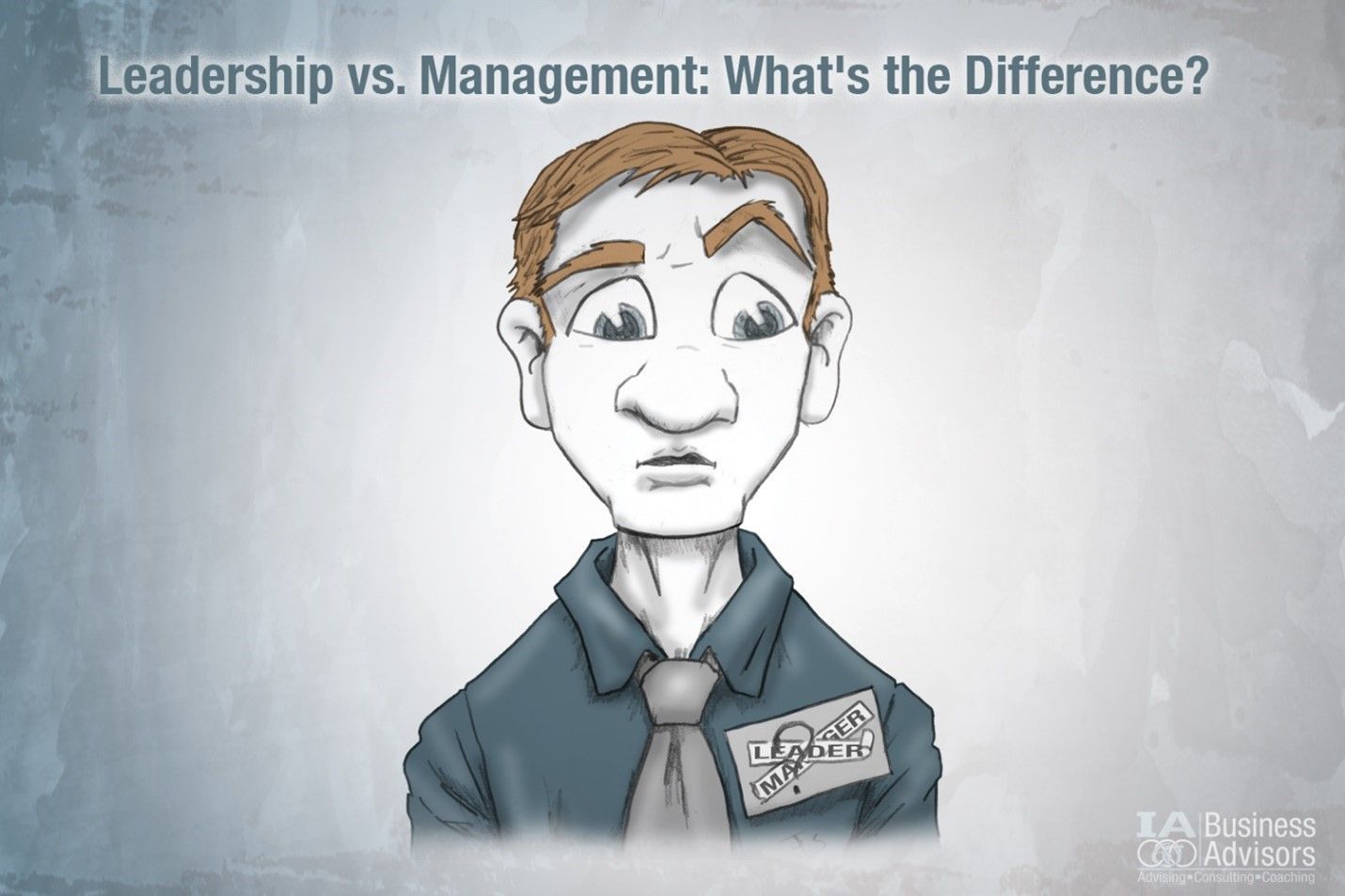Leadership vs Management: What’s the Difference?

Leadership and management seem to be used interchangeably in the business world. However, they are not the same. Leaders and managers actually have different roles in an organization. Each is defined and unique, but they work together, hand-in-hand, to drive an organization and its team members forward. Although, it is possible for one individual to be both a leader and a manager. This doesn’t mean the words are interchangeable, it just means it’s possible for one person to encompass both.
What is a leader?
Leader’s inspire employees. They motivate and rally the team around a common goal. They use their positive influence to empower team members, develop what makes them unique, and help them work on their shortcomings without focusing on them. Leaders focus on defining where the organization wants to go, what it will look like in the future, and ensuring everyone is prepared to get there. Leaders have excellent communication skills, allowing them to effectively convey their message to all types of learners. They are an organization’s champion. They lift people up, get everyone on the same page, and help drive the organization forward.
It’s nearly impossible to give a concrete definition on what a leader is as most researchers can’t agree on a definition. However, we can define the traits we see in leaders. Leaders have integrity, open and transparent communication, are empathetic/compassionate, accountable, trustworthy, patient, innovative, and more. For a complete list leadership skills, traits, and qualities, click the link!
What is a manager?
While managers can certainly be leaders, and vice versa, they aren’t the same role. Managers are more focused on handling the operational side of the business. Their tasks are more administrative focused rather than team building focused. Managers keep the business running by planning and budgeting, setting timelines for goals and strategies, establishing policies and procedures, hiring and firing, and more tasks that keep a business running on the back end.
What’s the difference?
The table below was taken from Bargau (2015)* in his research paper titled Leadership versus management.

From the above, we can deduce that leaders are high energy, focused on inspiration, motivation, and empowerment of the team, working to align the organization so everyone is reaching for common goals, and primarily focused on the team and keeping them all on the same page so the organization thrives. Managers help with everything leaders do by making everything more concrete, creating tangible evidence of goals, policies and procedures, and ensuring the paperwork is complete. Leaders and managers would not survive or thrive without the other. They are positions that go together purposely because one faces inward while the other faces outward. These can be the same person, but they are usually two different people.
Conclusion
Organizations need leaders and managers to keep the business up and running. For small businesses, this may be only one person. If you’re a great manager, you can be a great leader. Anyone has what it takes to lead if they push themselves to have a positive influence and learn what their team needs from them. Leaders are made, not born (although, some might technically be born). Leaders uplift team members and act as the champion, ensuring everyone is motivated and excited to be working towards organizational goals. Managers manage the tidbits of that process. Which one are you?
*Bargau, M. (2015). Leadership versus management. Romanian Economic and Business Review, 10(2), 197-204.











